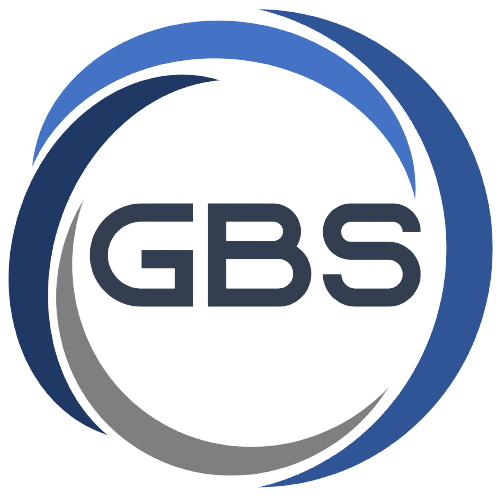Performance Management in HRMS
In today’s dynamic work environment, businesses strive to optimize their operations and enhance productivity. One key aspect of achieving this goal is tracking employee performance effectively. Employee performance using HRMS system, tracking goes beyond traditional methods of evaluation and offers numerous benefits to both employees and employers alike.
1. Enhanced Productivity:
2. Clear Goals and Expectations:
3. Objective Evaluation:
4. Continuous Feedback and Development:
5. Employee Engagement and Satisfaction:
6. Data-Driven Decision Making:
7. Accountability and Transparency:
Performance tracking promotes accountability among employees as they are held accountable for their performance goals and targets. It also fosters transparency within the organization by providing visibility into individual and team achievements.
Contact us today to schedule a consultation with our experts. They will be delighted to meet with you and discuss your performance management and tracking process.
Improved Productivity: By setting clear goals and tracking progress, employees are motivated to perform at their best, leading to increased productivity levels.
Goal Alignment: Tracking performance helps align individual goals with organizational objectives, ensuring that every effort contributes to overall success.
Enhanced Accountability: When employees know their performance is being monitored, they are more accountable for their actions and strive to meet or exceed expectations.
Targeted Development: Identifying areas of strength and weakness allows for targeted development initiatives, fostering continuous improvement and professional growth.
Fair Evaluation: Objective performance metrics provide a fair and transparent basis for evaluating employee contributions, eliminating bias and favoritism.
Strategic Decision-Making: Performance data enables informed decision-making regarding promotions, bonuses, training needs, and resource allocation.
Employee Engagement: Regular feedback and performance discussions promote open communication and engagement, leading to higher job satisfaction and retention rates.
By implementing an effective performance tracking system, organizations can unlock the full potential of their workforce and drive sustainable growth.
HRMS is a powerful tool that can revolutionize your HR processes and drive your organizational success. In this ultimate guide, we dive into the benefits of incorporating an into your company’s core systems. We’ll also explore key features of an such as employee data management, recruitment and onboarding, performance management, time and attendance tracking, and training and development. Of course every major transformation has its challenges too – but we’ve got you covered with tips on handling these considerations. Let’s dive in!
In today’s fast-paced business world, managing human resources efficiently has become more important than ever before. Human resource management systems (), is a powerful tool that can revolutionize your HR processes and drive your organizational success.
But what exactly is an , and why should you consider implementing one?
An is a comprehensive software solution designed to streamline and automate various aspects of human resource management. From employee data administration to recruitment, performance evaluation, time tracking, training, and beyond – an effective can transform the way you manage all your HR processes.
In this ultimate guide, we dive into the many benefits of incorporating an into your company’s core systems.


